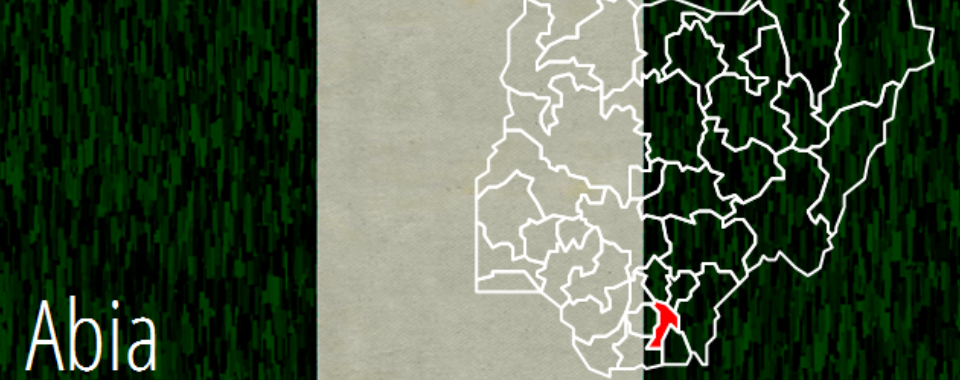BY NATE HAKEN AND PATRICIA TAFT*
Since 2012, Abia has been the most peaceful state in the Niger Delta overall, as measured by fatalities per capita. In the 2015 gubernatorial elections, Okezie Ikpeazu, of the People’s Democratic Party (PDP) was elected to replace outgoing Governor Theordore Orji (also PDP) in the second round of voting, after the first round was declared inconclusive due to irregularities.
In 2010, there was a spike in kidnapping activities and associated fatalities, including a high profile kidnapping of over a dozen schoolchildren from a bus, which led to a security offensive by military and police. Other factors in the security landscape include the role of vigilantes (Bakassi Boys) and the Movement for the Actualization of the Sovereign State of Biafra (MASSOB).
This Conflict Bulletin provides a brief snapshot of the trends and patterns of conflict risk factors at the State and LGA levels, drawing on the data available on the P4P Digital Platform for Multi-Stakeholder Engagement (www.p4p-nigerdelta.org). It represents a compilation of the data from the sources listed below, not necessarily the opinions of FFP or any other organization that collaborated on the production of this bulletin. The screenshot of the heat map on this page shows the relative distribution of incidents from one LGA to the next from January 2012 to June 2015. The trendline on the next page shows the number of incidents and fatalities over time. The bar chart shows the relative trend of incidents of insecurity by LGA per capita.
The summaries draw on data collected by ACLED, FFP’s UNLocK, the Council on Foreign Relations’ NST, WANEP Nigeria, CSS/ETH Zurich, NEEWS2015, and Nigeria Watch integrated on the P4P platform. They also draw on data and information from “Violence in Nigeria: Patterns and Trends,” by Patricia Taft and Nate Haken (Springer Press, April 2015).
* Hannah Blyth contributed to this report.
Download the full report in PDF format
.
